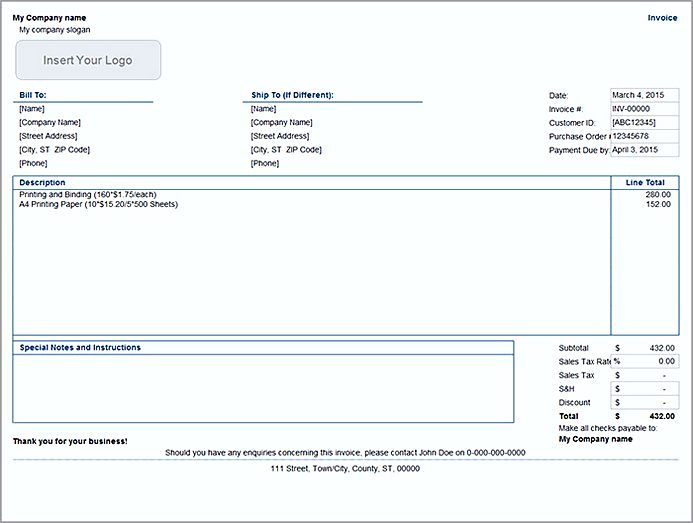
You might remind them that you were interviewed last Monday, or that you sent them an email a few days ago to offer some of your products or services. That’s why your follow-up email should open with some context, to gently remind the recipient of the circumstances under which you last spoke/wrote to each other. Like we said, with so many different messages being sent around every day-from texts to emails to Slacks-it’s not always easy to keep track of which ones need a response, or to even remember what each one was about.

If they’re unsure of what you need or want them to do next, they’ll be more likely toīy having a clear objective in your mind, you’ll be better able to communicate the importance of your follow-up with your email’s recipient, and the more clear the urgency is to them, the more likely they will be to respond to your email ASAP. If you need additional information, specify exactly what you’re looking for so that person can quickly and easily provide that info for you. What exactly is the goal of your contact with this person? Do you need them to provide information? Confirmation? A response to an offer or a question you’ve previously sent them?ĭon’t beat around the bush when it comes to stating what you need. In order to establish (or reiterate) a clear call-to-action, you need to have a clear objective in mind before starting your email.
#Just checking in email example how to#
How to Write a Follow Up Emailīelow are 5 steps that will help you write an effective follow-up email that actually gets the responses you need. You can increase your chances of getting a response in each of these cases by learning how to write a follow-up email. Something has changed since your last communication.Your last message requesting information didn’t get a response.To check the status of a project or task.To inquire about a recent job interview.There are a number of possible reasons why you may want to write a follow-up email. In reality, however, follow-up emails can be quite effective, with response rates up to 40% higher compared to those of the original emails. Many of us might shudder at the thought of sending a follow-up email, since your first email was essentially ignored for whatever reason-so wouldn’t it be kind of rude to keep bugging someone who’s apparently not interested?

You worked hard crafting the perfect pitch, brainstormed intriguing subject lines, and calculated the best time to hit “send”-and still received no response to your email.īut don’t despair just yet! There’s still another tool you can use to get the answers you need, and that tool is a well-written follow-up email.


 0 kommentar(er)
0 kommentar(er)
